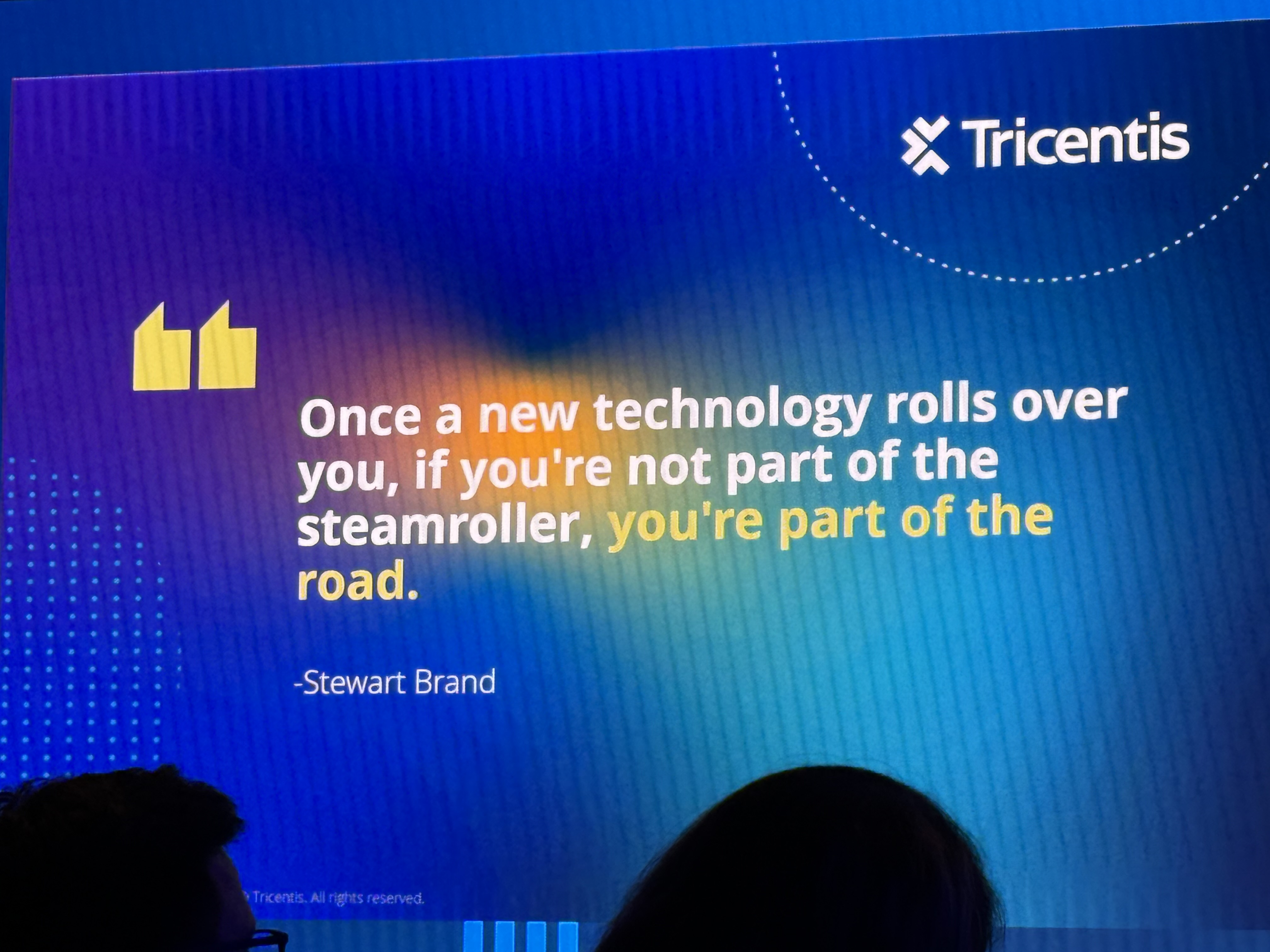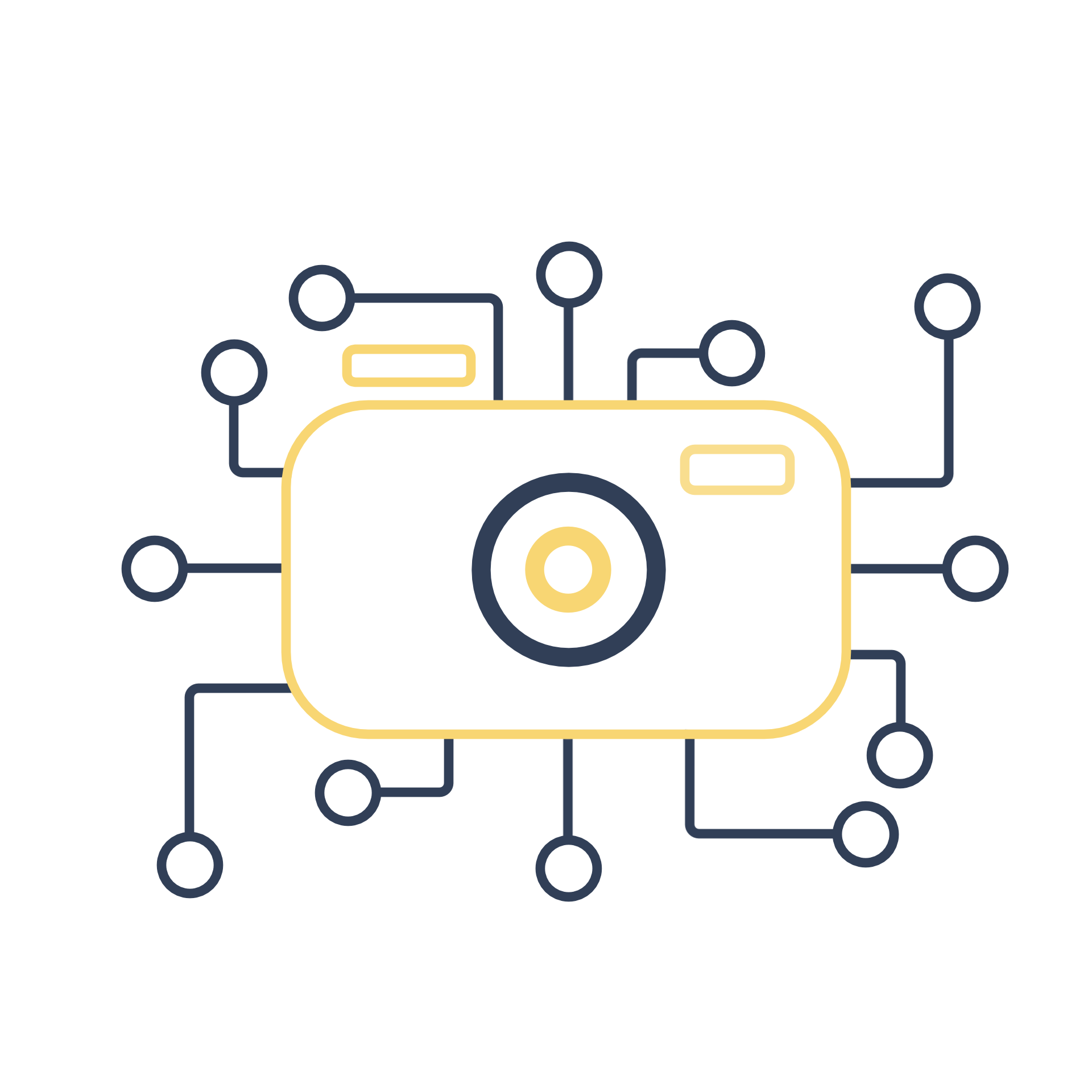Tricentis World Tour - Stockholm

I attended the Tricentis World Tour event in Stockholm, where we saw some of their latest tool innovations. The presentations had a fair bit of marketing—which I’ll set aside for now—but their products are definitely worth exploring if you’re in the quality business. I also connected with some incredible people, but I’ll save those stories for another time. Instead, here are a few key insights that stood out to me.
After a brief opening by Per Solvager, CTO Lee McClendon took the stage, emphasizing that AI marks the dawn of a new era. While some worry AI might replace testers, Lee asserted it will enhance our effectiveness. Like past industrial revolutions, AI has the potential to elevate our capabilities. He illustrated this with Stewart Brand’s quote: “Once a new technology rolls over you, if you are not part of the steamroller, you are part of the road,” a reminder of the importance of embracing change.
I always describe testing as a risk-focused approach. Technically, we could release products without quality assurance, but that comes with the significant risk of losing user trust. Each test we conduct—manual or automated—reduces risk, transforming it into quality, stability, and customer satisfaction. Yet, testing alone “cannot prove that there are no defects” (ISTQB). This is why we must prioritize reducing risks and enhancing our product knowledge; as Adrian Slywotsky put it, “Risk is an expensive substitute for information.”
In my last post, I shared highlights on the latest advancements in testing tools and the transformative role of AI. Now, let’s dive into the “who and how” of testing.
In most organizations, roles are divided into four key segments: the back office, caretaking; IT, delivering products; the business team, defining requirements; and end-users, ultimately investing their trust and money. Markku Riihonen spoke about the changes required to prioritize quality, and I couldn’t agree more with his statement: “Your business users shouldn’t be your testers. They should focus on their business.” A tester can be anyone, but it’s the professional testers who consistently deliver the best results.
When it comes to the “how” of testing, traditional manual testing still holds value, providing insights that automation can’t. As Veli-Mikko Ikonen pointed out, documentation must be set before diving into automation. With a solid foundation, we can then layer automation, from unit testing to complex end-to-end scenarios. Tools, like Gherkin, for example, helps establish a common language between IT and business, although human error remains a factor.
Today, developers have tools that enable faster delivery, but as Ferrie Wolff noted in his presentation, one of the biggest challenges lies in the time and expertise needed to write and maintain test scripts—whether manual or automated. In testing AI-driven solutions, we must increasingly rely on machine learning to meet the demand for thorough and adaptable testing. Initially, we should focus on enhancing test coverage. The next stage is self-healing tests that can adapt to minor changes, followed by automated test case generation. The ultimate goal - though still distant - is to create tests that interpret natural language input and execute tests based on it. Each of these steps brings us closer to a more robust, efficient testing framework.
A huge thanks to all the speakers and attendees for the inspiration, it was a fantastic day!
